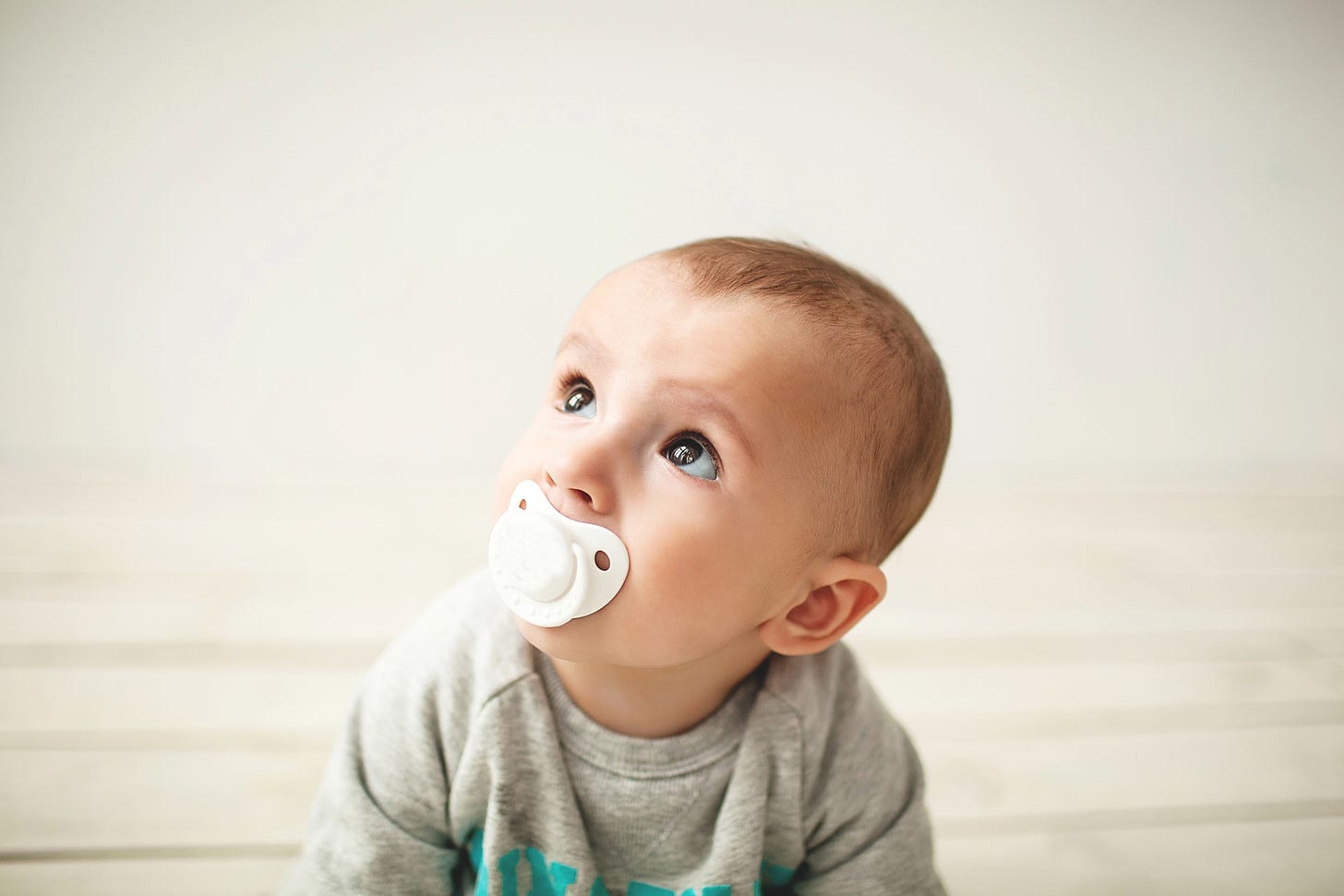As a neonatologist who’s also a parent, I hear questions about pacifiers (Soothers, Dodies, or Googoos at they were known in our household) every single day. From well-meaning relatives to health professionals, everyone seems to have an opinion. I’ve heard pacifiers called everything from lifesavers to lazy shortcuts. Parents often feel torn: on one hand, pacifiers can calm a fussy baby in seconds; on the other, we worry about nipple confusion, dental issues, ear infections, and whether we’ll ever get rid of the thing. In this article, I’ll share what I actually think about pacifiers, laying out the benefits and potential issues at each stage, grounded in real-world experience and high-quality research. My goal is to give you a balanced, guilt-free perspective so you can make the best choice for your family. Spoiler alert: pacifiers aren’t all good or all bad, they’re a tool, and like any tool, timing and proper use are key.
The Sweet Benefits of Pacifiers
Babies are born with a strong need to suck, both for nutrition and comfort. When hunger is satisfied but the baby still craves sucking, a pacifier steps in. Here’s why they can be a game-changer:
1) Soothing and Sleep
A pacifier can often stop tears in seconds by satisfying that non-nutritive sucking reflex. It even helps babies cope with minor discomfort, like vaccinations or heel pricks, and can make it easier for both baby and parents to fall, and stay, asleep. However when they are really young and can’t put the pacifier back in their mouth if it falls off during sleep, you run the risk of yoyoing to and from their cot to put it back in their mouth (as we found out the hard way with our first born).
2) Reduced SIDS Risk
One of the most compelling benefits is a reduced risk of Sudden Infant Death Syndrome when a pacifier is used at nap time and bedtime. While we don’t know exactly why, the protective effect is strong enough that most paediatric guidelines recommend offering a pacifier for every sleep.



